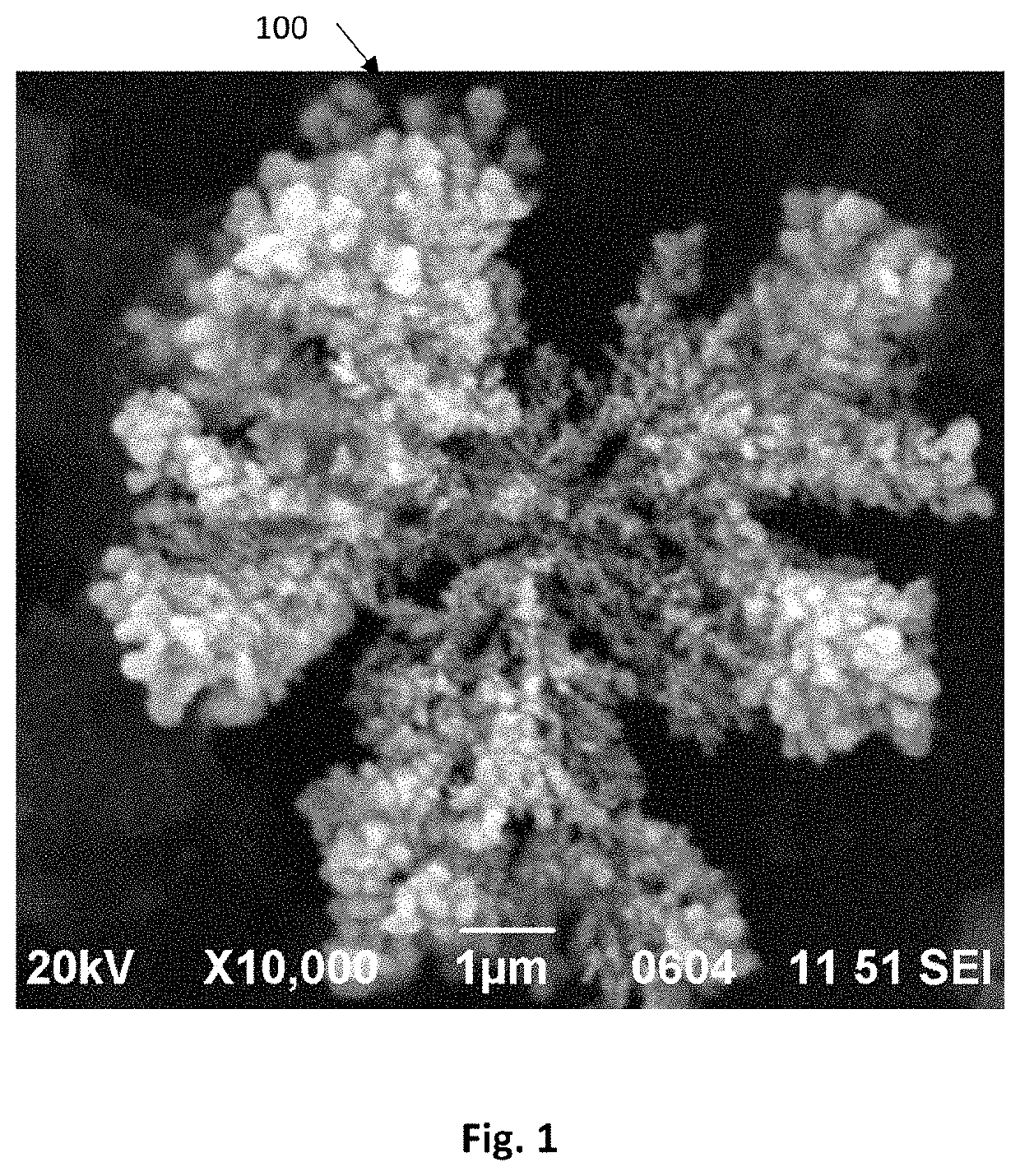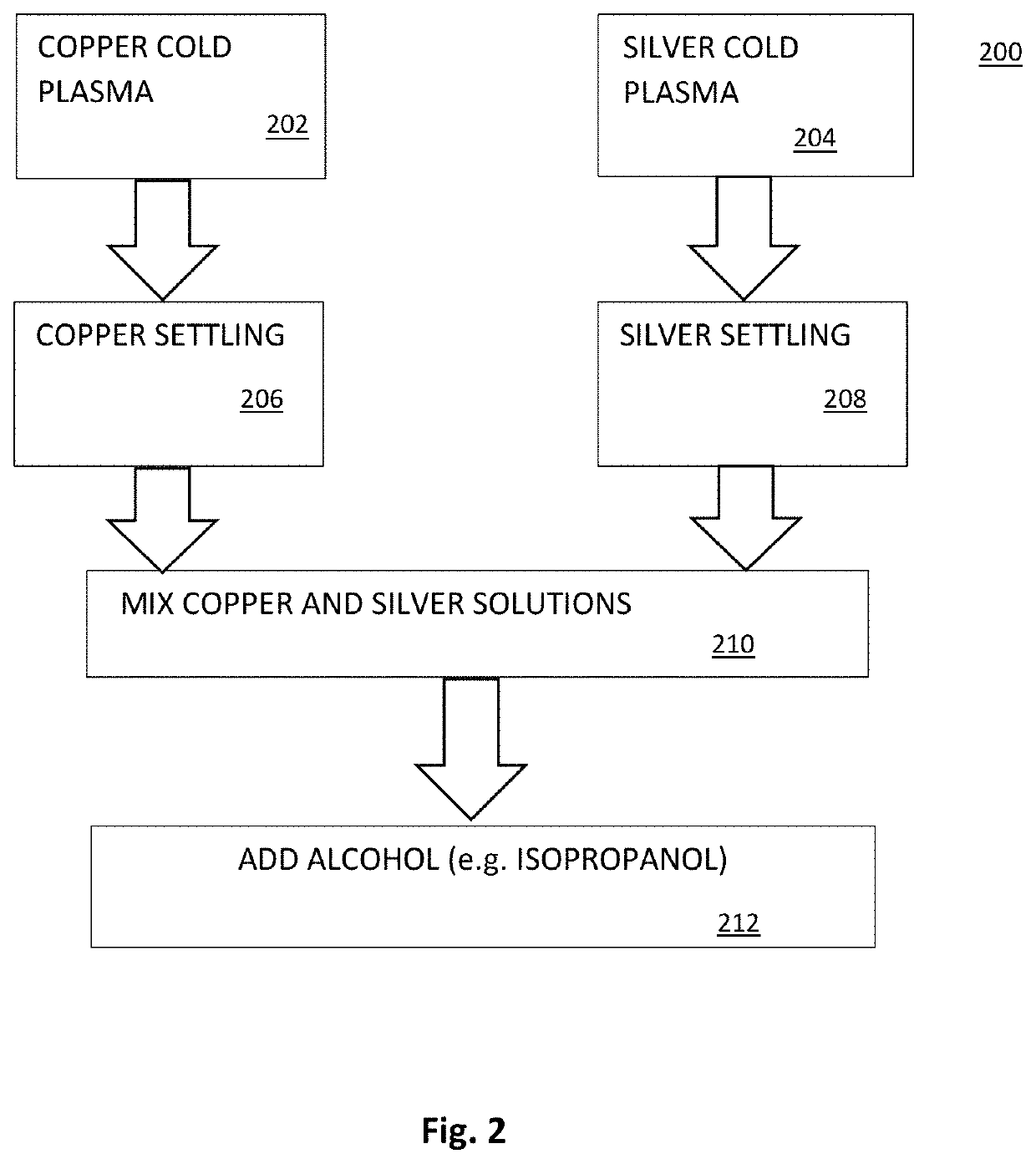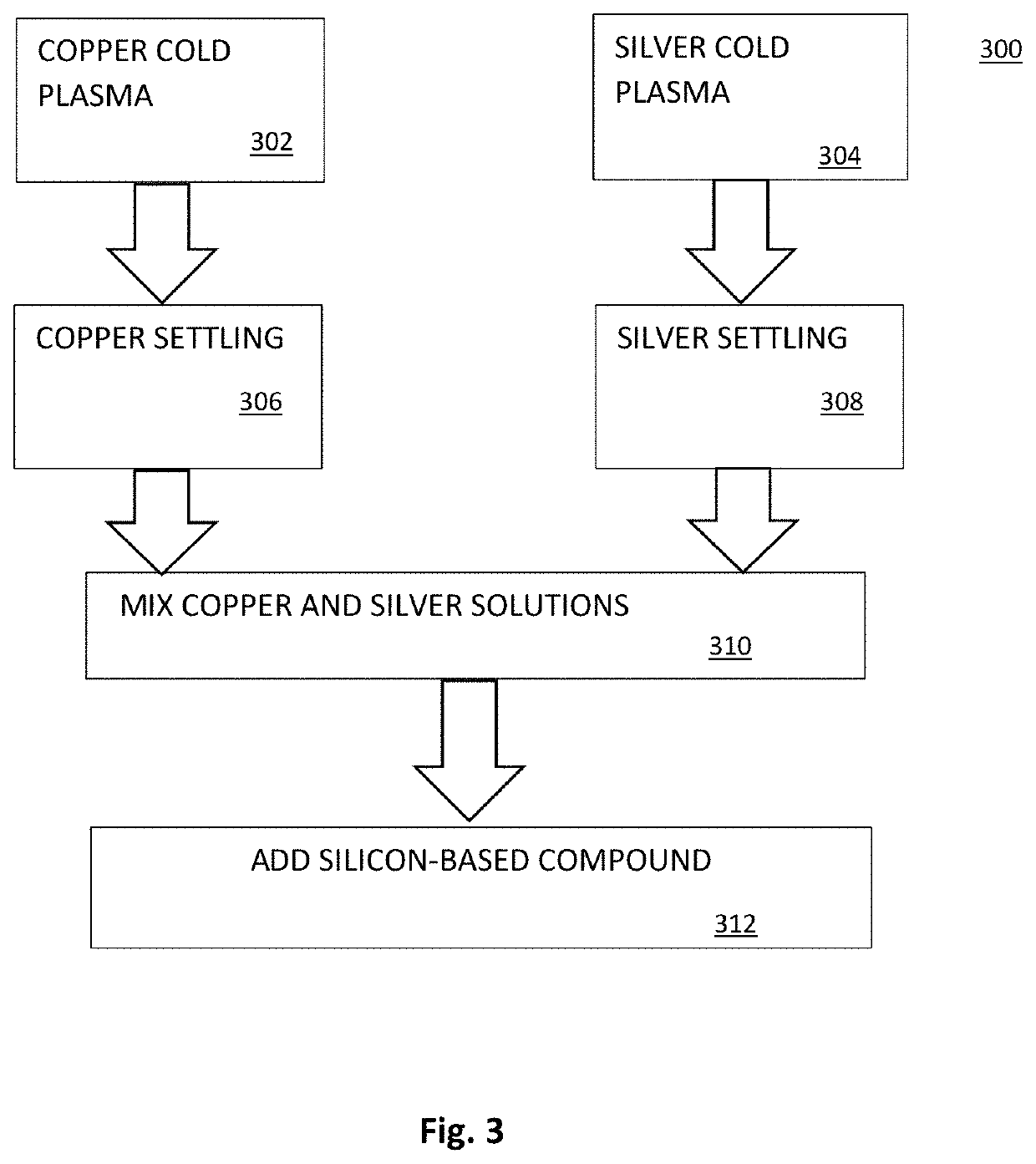System and method for impregnating a porous surface with antibacterial and antiviral compounds
- Summary
- Abstract
- Description
- Claims
- Application Information
AI Technical Summary
Benefits of technology
Problems solved by technology
Method used
Image
Examples
Embodiment Construction
[0025]I. Overview
[0026]A system and method for impregnating porous materials, such as the textiles used to construct PPE—e.g., masks, gloves, gowns, scrubs, protective suits, etc.—is described herein. In general, the system and method allows such equipment to be treated after manufacture, and before use. A liquid suspension of antiviral / antibacterial (disinfecting) compound(s) is applied to the surface of the PPE material and other associated surfaces—for example a plastic surface used in a health care environment. This suspension, when dried, provided a continuing resistance to biological contamination and / or infectious disease in a manner that does not harm or otherwise cause discomfort to the wearer.
[0027]A. Properties of Disinfecting Compound(s) Impregnated by the Suspension
[0028]A plurality of properties are ascribed to the compound(s) used according to the system and method. These include depressing the growth of microbes, viruses and fungus on dry and wet surface of PPE mater...
PUM
 Login to View More
Login to View More Abstract
Description
Claims
Application Information
 Login to View More
Login to View More - R&D
- Intellectual Property
- Life Sciences
- Materials
- Tech Scout
- Unparalleled Data Quality
- Higher Quality Content
- 60% Fewer Hallucinations
Browse by: Latest US Patents, China's latest patents, Technical Efficacy Thesaurus, Application Domain, Technology Topic, Popular Technical Reports.
© 2025 PatSnap. All rights reserved.Legal|Privacy policy|Modern Slavery Act Transparency Statement|Sitemap|About US| Contact US: help@patsnap.com



